Exercise remains a cornerstone of health and happiness for Golden Retrievers throughout their lives, but the approach to physical activity must evolve significantly as these beloved companions enter their senior years. The transition from high-energy adult activities to age-appropriate exercise routines represents one of the most critical adjustments owners can make to ensure their Golden Retriever’s continued vitality, mobility, and quality of life. Understanding how to modify exercise programs while maintaining the physical and mental stimulation these intelligent dogs crave becomes essential for successful aging.
Senior Golden Retrievers, typically those over seven years of age, face unique challenges that directly impact their exercise capabilities and requirements. Joint stiffness, reduced cardiovascular capacity, decreased muscle mass, and potential chronic conditions like arthritis require careful consideration when designing exercise programs. However, the goal isn’t to eliminate physical activity but rather to optimize it for aging bodies while preserving the joy and mental stimulation that exercise provides.
The benefits of appropriate exercise for senior Golden Retrievers extend far beyond simple physical fitness. Regular, well-designed activity programs support joint mobility, maintain muscle mass, promote cardiovascular health, enhance mental stimulation, and provide crucial social interaction opportunities. Moreover, consistent exercise helps manage weight, reduces anxiety and depression, improves sleep quality, and strengthens the human-canine bond through shared activities.
Understanding the Aging Golden Retriever Body
Physiological Changes Affecting Exercise Capacity
Golden Retrievers undergo numerous physical changes as they age that directly impact their exercise tolerance and requirements. Understanding these modifications allows owners to create realistic and beneficial exercise programs tailored to their dog’s evolving capabilities.
Musculoskeletal System Changes: The most noticeable changes occur in the muscles, bones, and joints. Muscle mass naturally decreases with age, a condition called sarcopenia, resulting in reduced strength and endurance. Joint cartilage begins to thin and may become irregular, leading to stiffness and discomfort, particularly after periods of rest. Ligaments and tendons lose some elasticity, increasing injury risk and reducing range of motion.
Cardiovascular System Adaptations: The heart muscle may become less efficient with age, reducing the body’s ability to pump blood effectively during intense exercise. Lung capacity can decrease, affecting oxygen delivery to working muscles. These changes mean senior Golden Retrievers fatigue more quickly and require longer recovery periods between exercise sessions.
Neurological System Modifications: Balance and coordination may be affected by age-related changes in the nervous system. Proprioception—the body’s awareness of its position in space—can decline, increasing the risk of falls or injuries during exercise. Reaction times may slow, requiring more predictable exercise environments.
Case Study: Bailey’s Exercise Transformation
Bailey, a 9-year-old Golden Retriever from Portland, Oregon, exemplifies successful exercise adaptation for senior dogs. Previously an avid hiking companion who could handle 8-mile mountain trails, Bailey began showing reluctance to climb steep inclines and required frequent rest stops. Rather than eliminating hiking entirely, Bailey’s owner, Mark, modified their routine to include shorter 2-3 mile hikes on gentler terrain, supplemented with swimming sessions twice weekly.
Within three months of implementing the new routine, Bailey’s enthusiasm returned, his mobility improved, and his overall fitness stabilized. The key was recognizing that exercise needs had changed without eliminating the activities Bailey loved. This case demonstrates the importance of adaptation rather than elimination in senior exercise programs.
Low-Impact Exercise Fundamentals
Swimming: The Ultimate Senior Exercise
Swimming represents perhaps the most beneficial exercise for senior Golden Retrievers, offering comprehensive fitness benefits while minimizing joint stress. The buoyancy of water reduces gravitational forces on joints by up to 90%, allowing dogs with arthritis or joint stiffness to move freely without pain.
Benefits of Swimming for Senior Golden Retrievers:
- Joint Protection: Water buoyancy eliminates impact forces that stress arthritic joints
- Cardiovascular Conditioning: Swimming provides excellent heart and lung exercise
- Muscle Strengthening: Water resistance builds muscle strength throughout the body
- Flexibility Enhancement: The fluid motion of swimming maintains and improves range of motion
- Mental Stimulation: The sensory experience of water provides cognitive engagement
Swimming Program Development:
Start with short 5-10 minute sessions and gradually increase duration based on your dog’s response. Most senior Golden Retrievers can work up to 20-30 minute swimming sessions 2-3 times weekly. Always supervise closely and provide easy exit points from water.
Safety Considerations for Senior Swimming:
- Water temperature should be 70-80°F for comfort
- Provide flotation devices for dogs with mobility limitations
- Choose locations with gradual entries rather than steep banks
- Monitor for fatigue signs: excessive panting, reluctance to continue
- Rinse thoroughly after swimming to remove chemicals or contaminants
Alternative Water Exercises:
For dogs without access to swimming facilities, consider:
- Wading in shallow water for gentle resistance
- Underwater treadmill therapy at veterinary facilities
- Kiddie pool exercises for balance and coordination
- Garden hose play for low-intensity movement
Walking: Adapting the Classic Exercise
Walking remains the foundation of exercise programs for senior Golden Retrievers, but modifications are essential to maximize benefits while ensuring safety and comfort.
Optimal Walking Parameters for Seniors:
- Duration: 15-30 minutes per session, depending on fitness level
- Frequency: Daily walks with potential for twice-daily shorter sessions
- Pace: Moderate pace allowing for conversation (if you were walking alongside)
- Terrain: Flat, even surfaces initially, progressing to gentle inclines
- Surface: Grass or dirt paths preferred over concrete for joint comfort
Walking Program Progression:
Week 1-2: Establish baseline with 10-15 minute walks on flat terrain
Week 3-4: Increase to 20 minutes if well-tolerated
Week 5-8: Add gentle inclines or varied terrain
Week 9+: Maintain routine with adjustments based on response
Environmental Considerations:
- Temperature Management: Avoid extreme heat or cold; senior dogs have reduced thermoregulation
- Surface Selection: Soft surfaces reduce joint impact
- Route Planning: Choose familiar paths to reduce anxiety and provide mental comfort
- Emergency Planning: Carry water and have transportation backup for longer walks
Signs to Modify Walking Routine:
- Excessive panting that doesn’t resolve quickly
- Limping or obvious discomfort during or after walks
- Reluctance to continue or frequent stopping
- Changes in gait or movement patterns
- Extended recovery time after exercise
Strength and Mobility Exercises
Targeted Muscle Strengthening
Maintaining muscle mass becomes crucial for senior Golden Retrievers as natural sarcopenia progresses. Specific exercises can help preserve strength and support joint stability.
Sit-to-Stand Exercises:
This simple exercise strengthens rear leg muscles and improves mobility. Have your dog perform 5-10 repetitions of sitting and standing with treats as motivation. Start with assistance if needed and gradually increase independence.
Hill Walking:
Walking up gentle inclines engages different muscle groups and provides cardiovascular challenge. Start with very mild slopes and short distances, gradually increasing difficulty as tolerance improves.
Stair Climbing:
For dogs comfortable with stairs, controlled stair climbing exercises can maintain leg strength. Limit to 5-10 steps initially, ensuring your dog goes slowly and deliberately.
Balance and Proprioception Training:
- Wobble Board Exercises: Stand dog on slightly unstable surface for 30-60 seconds
- Pillow Walking: Create path of firm pillows for navigation
- Slow Direction Changes: Practice gentle turns and backing up
- Figure-8 Patterns: Walk in figure-8s around cones or objects
Flexibility and Range of Motion
Joint flexibility exercises help maintain mobility and reduce stiffness common in senior Golden Retrievers.
Passive Range of Motion (PROM):
Gently move joints through their full range while your dog is relaxed. Focus on:
- Shoulder flexion and extension
- Elbow bending and straightening
- Hip circles and leg extension
- Gentle spinal flexion
Active Stretching Exercises:
- Play Bow Stretch: Encourage natural play bow position for spinal flexibility
- Treat Reaches: Hold treats to encourage neck and spinal movement
- Lateral Bending: Use treats to encourage side-to-side movement
- Tail Chasing: Gentle encouragement of circular movement (if arthritis-free)
Post-Exercise Stretching Routine:
Implement a 5-minute cool-down routine including:
- Gentle massage of major muscle groups
- Passive joint movements
- Slow walking to gradually reduce heart rate
- Comfortable positioning for rest
Mental Stimulation Through Physical Activity
Cognitive Exercise Integration
Senior Golden Retrievers require mental stimulation as much as physical exercise. Combining cognitive challenges with physical activity provides comprehensive enrichment while accommodating reduced physical capabilities.
Scavenger Hunt Exercises:
Create indoor or outdoor treasure hunts using treats or toys. This combines light physical activity with problem-solving, providing mental stimulation while encouraging movement.
Obstacle Course Adaptations:
Design low-impact obstacle courses using:
- Flat boards to walk across for balance
- Cones to weave around slowly
- Low hurdles to step over (4-6 inches high)
- Tunnels or boxes to navigate around
Training Integration:
Incorporate obedience training into exercise sessions:
- Practice commands during walks
- Use training sessions as mental exercise
- Teach new, age-appropriate tricks
- Reinforce existing commands with physical rewards
Social Exercise Opportunities:
- Group Walks: Organize walks with other senior dogs
- Supervised Playdates: Arrange gentle play sessions with compatible dogs
- Training Classes: Enroll in senior dog training or activity classes
- Therapy Work: Consider pet therapy training for appropriate dogs
Exercise Modifications for Common Senior Conditions
Arthritis Management Through Exercise
Arthritis affects up to 80% of senior dogs, making exercise modification crucial for maintaining quality of life while managing discomfort.
Exercise Principles for Arthritic Dogs:
- Consistency Over Intensity: Regular, moderate exercise is better than sporadic intense activity
- Warm-Up Importance: Always begin with gentle movement to prepare joints
- Cool-Down Necessity: End sessions with gradual activity reduction
- Surface Considerations: Choose soft, even surfaces to reduce joint impact
Specific Exercises for Arthritic Golden Retrievers:
- Water Therapy: Swimming or water walking provides exercise without joint stress
- Leash Walking: Controlled, moderate-pace walks on soft surfaces
- Range of Motion: Gentle joint manipulation to maintain flexibility
- Heat Therapy: Warm compresses before exercise to increase joint mobility
Exercise Scheduling for Arthritis:
- Multiple Short Sessions: 2-3 brief exercise periods rather than one long session
- Morning Stiffness Accommodation: Allow extra warm-up time for morning activities
- Weather Considerations: Avoid exercise during cold, damp weather that worsens stiffness
- Pain Management Integration: Coordinate exercise with pain medication timing
Heart Condition Exercise Adaptations
Senior Golden Retrievers with heart conditions require carefully monitored exercise programs that provide benefits without overwhelming cardiovascular systems.
Exercise Guidelines for Heart Conditions:
- Low Intensity Focus: Keep exercise at conversational pace equivalent
- Frequent Monitoring: Watch for excessive panting, weakness, or collapse
- Gradual Progression: Increase activity very slowly over weeks or months
- Professional Guidance: Work closely with veterinary cardiologist for program development
Appropriate Activities for Heart Patients:
- Slow Leash Walks: Short distances at very moderate pace
- Mental Stimulation Games: Puzzle toys and training exercises
- Gentle Swimming: If approved by veterinarian and carefully supervised
- Indoor Activities: Climate-controlled exercise options
Warning Signs During Exercise:
- Excessive panting that doesn’t resolve with rest
- Blue or pale gums
- Weakness or collapse
- Coughing during or after exercise
- Reluctance to continue activity
Hip Dysplasia Exercise Management
Hip dysplasia, common in Golden Retrievers, requires specific exercise modifications to maintain mobility while protecting damaged joints.
Beneficial Exercises for Hip Dysplasia:
- Swimming: Excellent for maintaining muscle mass without joint stress
- Controlled Leash Walking: Avoid off-leash running that may cause injury
- Physical Therapy: Professional rehabilitation exercises
- Weight Management: Exercise combined with diet to reduce joint stress
Exercises to Avoid with Hip Dysplasia:
- High-impact activities like jumping or running on hard surfaces
- Sudden direction changes or sharp turns
- Prolonged standing or sitting in uncomfortable positions
- Activities that require excessive rear-end extension
Creating Customized Exercise Programs
Assessment and Goal Setting
Developing effective exercise programs for senior Golden Retrievers requires thorough assessment of current capabilities and realistic goal setting.
Initial Fitness Assessment:
- Veterinary Examination: Complete physical including orthopedic and cardiac evaluation
- Current Activity Level: Document existing exercise tolerance and preferences
- Pain Assessment: Identify areas of discomfort or mobility limitation
- Environmental Factors: Consider home setup, yard space, and local resources
SMART Goal Framework for Senior Exercise:
- Specific: Clear, defined exercise objectives
- Measurable: Trackable improvements in distance, duration, or frequency
- Achievable: Realistic expectations based on current capabilities
- Relevant: Goals that improve quality of life and address specific needs
- Time-bound: Defined timelines for assessment and adjustment
Sample Exercise Goals:
- Increase daily walking tolerance from 10 to 20 minutes over 6 weeks
- Add swimming sessions twice weekly for joint health
- Reduce post-exercise recovery time from 30 to 15 minutes
- Maintain current mobility level despite advancing age
Program Implementation and Monitoring
Weekly Exercise Schedule Template:
Monday: 20-minute leash walk + 10 minutes of stretching
Tuesday: Swimming session (15-20 minutes) + light play
Wednesday: 15-minute walk + balance exercises
Thursday: Rest day or gentle indoor activities
Friday: 20-minute walk + mental stimulation games
Saturday: Longer activity (hiking, beach walk) based on tolerance
Sunday: Gentle activities + grooming/massage session
Progress Monitoring Tools:
- Exercise Log: Track duration, intensity, and dog’s response
- Weekly Assessments: Note changes in enthusiasm, tolerance, and recovery
- Monthly Evaluations: Assess overall fitness improvements or concerns
- Quarterly Reviews: Comprehensive program evaluation and adjustment
Adjustment Indicators:
- Positive Signs: Increased enthusiasm, improved stamina, better mood
- Concerning Changes: Reluctance to exercise, excessive fatigue, pain signs
- Weather Adaptations: Seasonal modifications for temperature extremes
- Health Status Changes: Modify based on new diagnoses or medication changes
Seasonal Exercise Adaptations
Summer Exercise Modifications:
- Early Morning/Evening Exercise: Avoid midday heat
- Hydration Focus: Frequent water breaks and access
- Cooling Strategies: Wet towels, cooling vests, shade breaks
- Surface Temperature: Test pavement with hand before walking
Winter Exercise Adaptations:
- Indoor Alternatives: Develop weather-independent exercise options
- Warm-Up Extensions: Extra time for joint warming in cold weather
- Protective Gear: Consider booties for ice protection, coats for warmth
- Shortened Sessions: Reduce duration while maintaining frequency
Spring and Fall Considerations:
- Allergy Management: Monitor for seasonal allergy effects on exercise tolerance
- Weather Variability: Prepare for rapid weather changes
- Optimal Conditions: Take advantage of mild weather for longer activities
- Transition Periods: Gradually adjust programs as seasons change
Safety Protocols and Emergency Preparedness
Pre-Exercise Safety Checks
Daily Assessment Before Exercise:
- General Demeanor: Is your dog alert and enthusiastic?
- Gait Evaluation: Any obvious limping or stiffness?
- Breathing Pattern: Normal respiratory rate at rest?
- Environmental Conditions: Safe weather and temperature?
Equipment Safety Verification:
- Leash and Collar: Check for wear and proper fit
- Identification: Ensure tags and microchip information is current
- First Aid Kit: Basic supplies for minor injuries
- Communication: Cell phone for emergency contact
Emergency Response Protocols
Signs Requiring Immediate Exercise Cessation:
- Excessive panting with inability to cool down
- Limping or obvious pain
- Disorientation or confusion
- Vomiting or diarrhea during exercise
- Collapse or inability to continue
Emergency Action Plan:
- Immediate Response: Move dog to shade/cool area, offer water
- Assessment: Check vital signs and responsiveness
- Transportation: Have plan for getting dog to veterinary care
- Communication: Contact veterinarian or emergency clinic
- Documentation: Record events leading to emergency
Recovery Protocols:
- Gradual Cool-Down: Slow reduction of activity level
- Hydration: Encourage small amounts of water frequently
- Rest Period: Allow adequate recovery time before next exercise
- Monitoring: Watch for delayed reactions or ongoing issues
Long-term Exercise Planning
Aging Progression Adaptations
Early Senior (7-9 years): Focus on maintaining fitness while beginning joint protection
Mid-Senior (9-12 years): Emphasize mobility preservation and pain management
Late Senior (12+ years): Prioritize comfort and quality of life over fitness goals
Adaptive Equipment Considerations:
- Harnesses: Reduce neck stress, provide better control
- Ramps: Assist with car entry, stairs, or furniture access
- Orthopedic Bedding: Support joint health during recovery
- Flotation Devices: Assist with swimming activities
Program Evolution Strategies:
- Regular Reassessment: Adjust goals and methods based on changing abilities
- Professional Consultation: Involve veterinarians, physical therapists
- Owner Education: Stay informed about senior dog exercise research
- Flexibility: Maintain willingness to modify approaches as needed
Building Support Networks
Professional Team Assembly:
- Primary Veterinarian: Overall health monitoring and exercise clearance
- Veterinary Orthopedist: Specialized joint and mobility care
- Canine Physical Therapist: Professional rehabilitation services
- Professional Dog Walker: Experienced with senior dog needs
Community Resources:
- Senior Dog Groups: Connect with other owners facing similar challenges
- Training Classes: Senior-specific obedience or agility programs
- Swimming Facilities: Dog-friendly pools or beaches
- Walking Groups: Organized activities for senior dogs
The Journey of Active Aging
Exercise for senior Golden Retrievers represents far more than physical maintenance—it embodies a commitment to preserving the joy, vitality, and zest for life that defines these remarkable companions. The transition from high-energy adult activities to thoughtfully modified senior programs doesn’t represent limitation but rather evolution, adapting to support aging bodies while maintaining the mental stimulation and physical engagement that contributes to quality of life.
The success of senior exercise programs lies not in maintaining the same activities and intensity as younger years, but in creatively adapting approaches to meet changing needs while preserving the elements that bring joy and satisfaction. A senior Golden Retriever who can no longer hike mountain trails might discover equal pleasure in gentle beach walks or swimming sessions, finding new ways to explore and engage with their environment.
The investment in appropriate exercise for senior Golden Retrievers pays dividends in extended mobility, improved quality of life, and continued opportunities for bonding and shared experiences. Each modified walk, adapted swimming session, and gentle strengthening exercise represents an act of love and commitment to supporting your companion through their golden years.
By implementing comprehensive, individualized exercise programs that prioritize safety while maintaining engagement, Golden Retriever owners ensure their beloved companions can continue to experience the joy of movement and exploration throughout their senior years. The key lies in understanding that successful aging isn’t about stopping activity but about adapting it to support changing bodies while preserving the spirit of adventure and engagement that makes Golden Retrievers such exceptional companions.
Your commitment to providing appropriate exercise for your senior Golden Retriever demonstrates the depth of your care and understanding of their evolving needs. Through thoughtful adaptation and consistent implementation of age-appropriate activities, you ensure that your dog’s golden years remain filled with the physical engagement, mental stimulation, and shared adventures that define the special bond between humans and these remarkable dogs.

Rafael Souza is a digital marketing strategist and lifelong dog enthusiast. Passionate about Golden Retrievers, he shares practical, research-based tips to help owners provide healthier and happier lives for their furry companions.

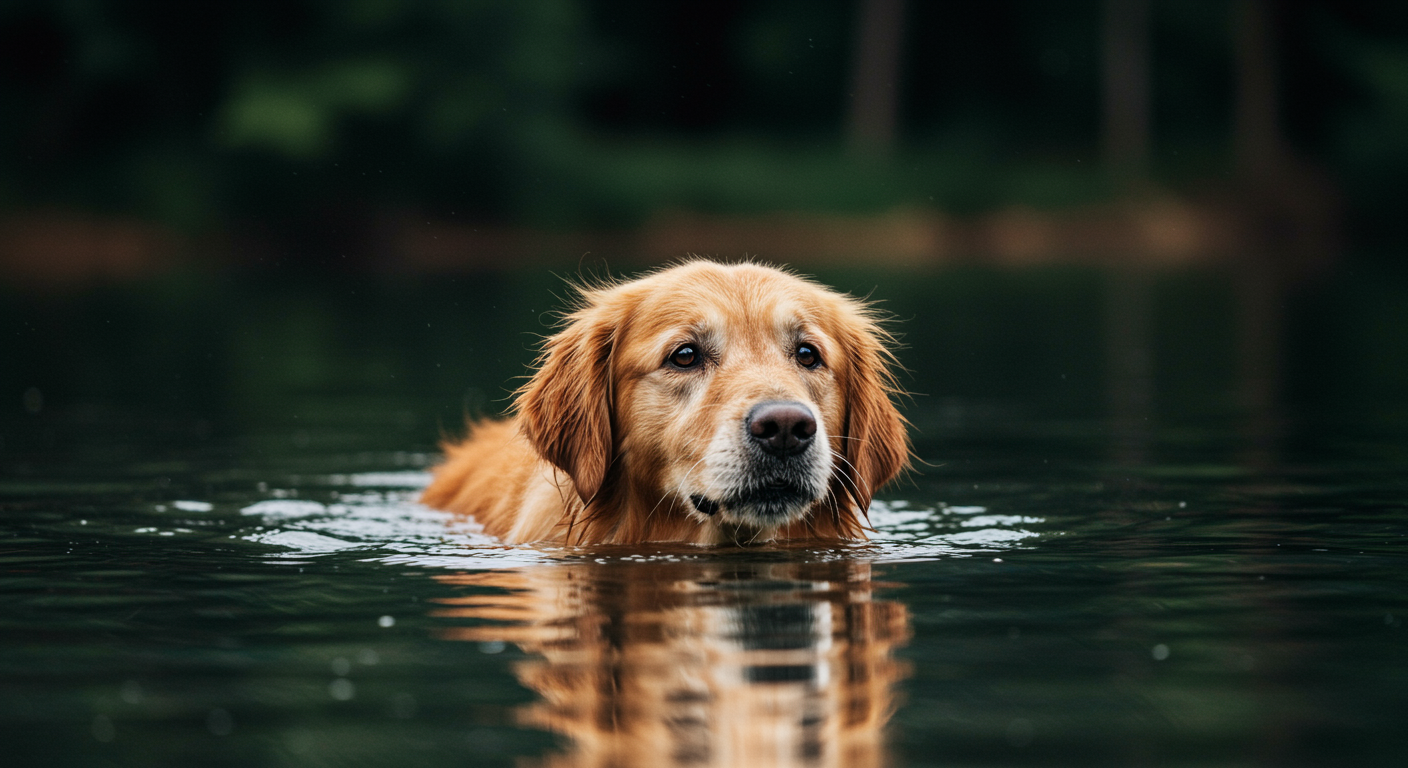
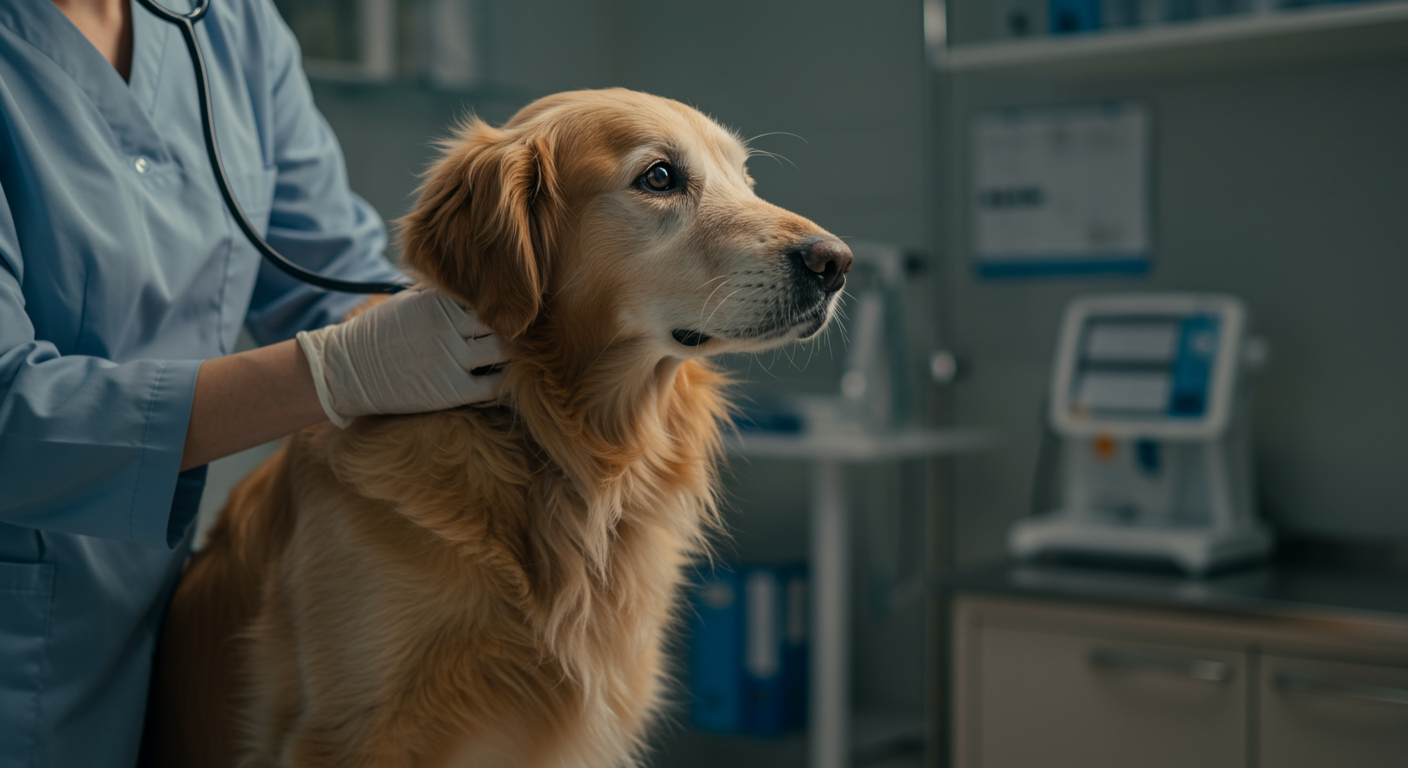
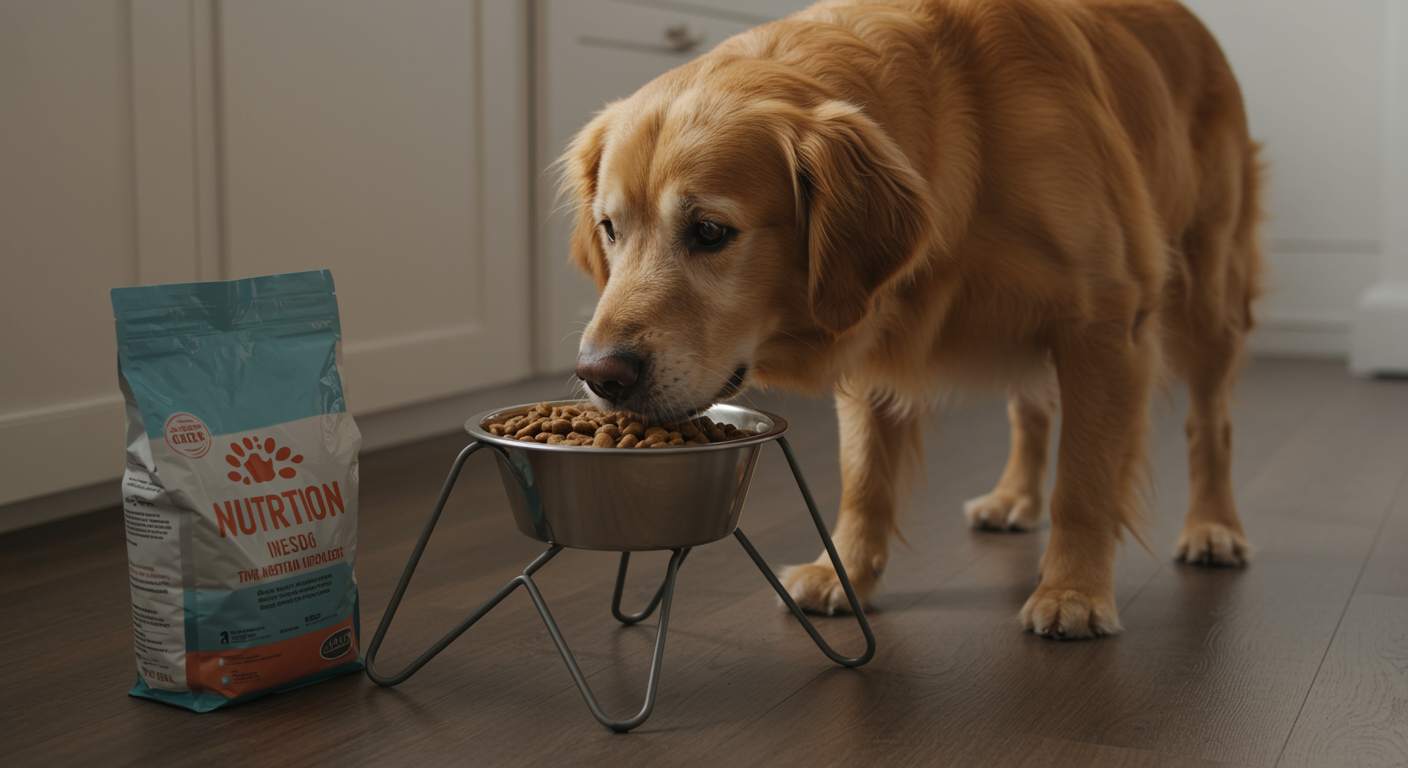
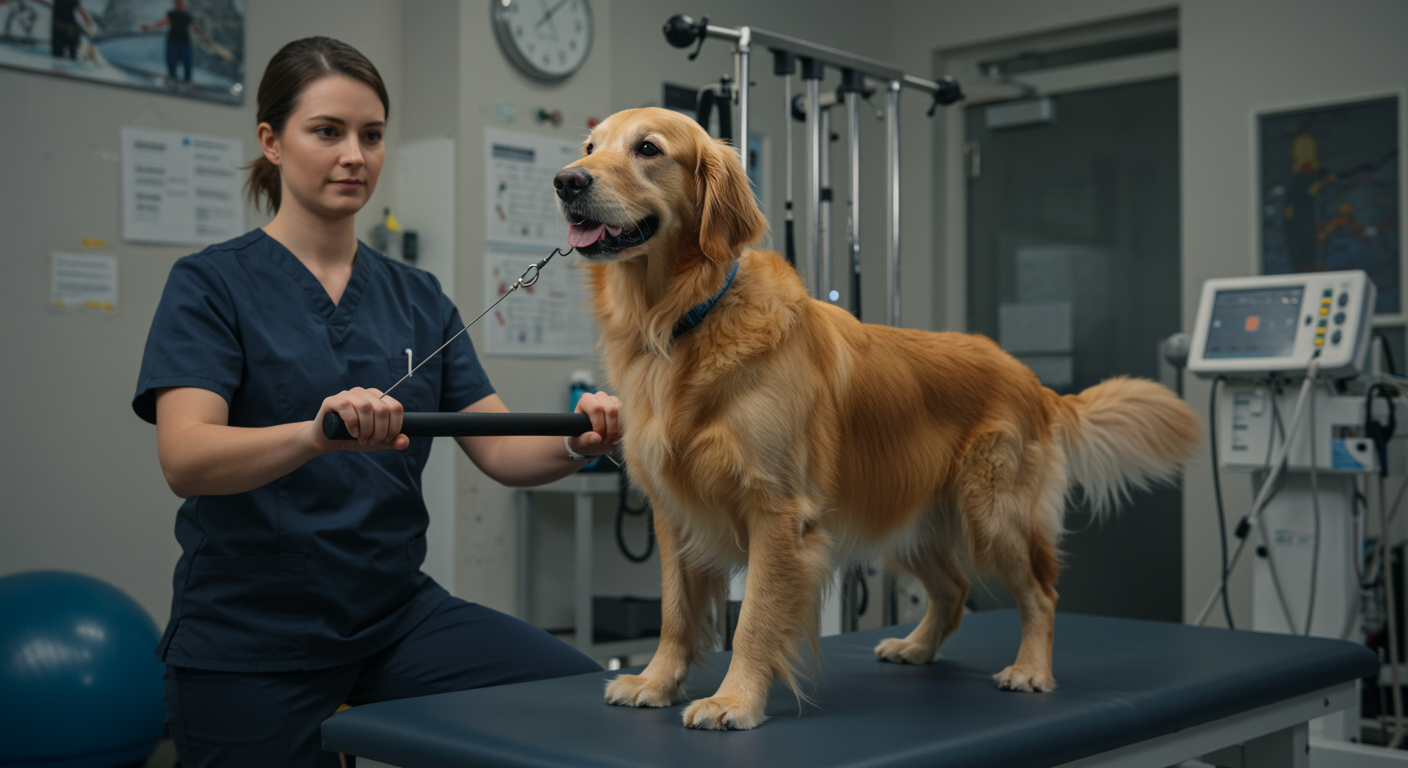
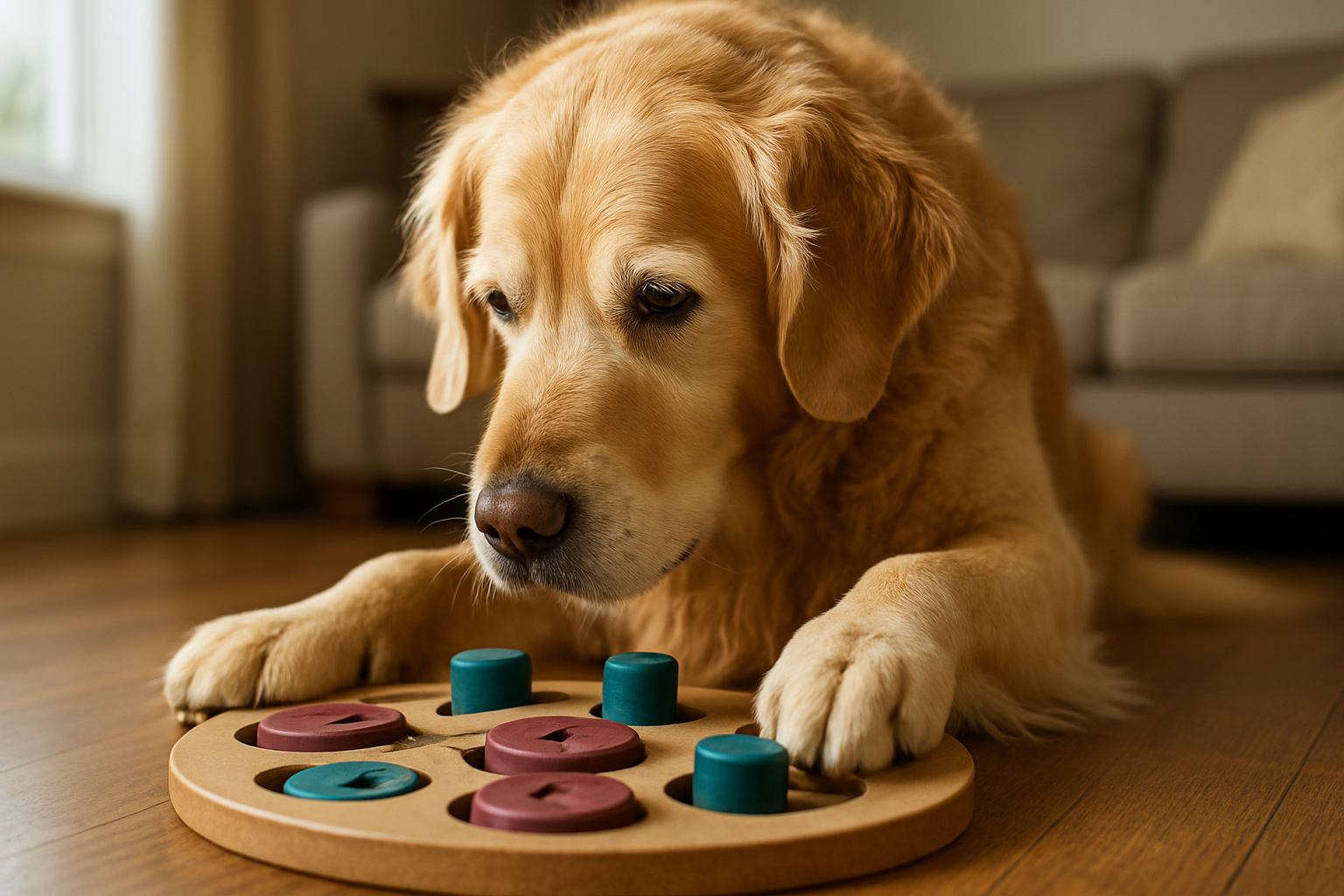
3 thoughts on “Safe and Beneficial Exercises for Senior Golden Retrievers”